
In this article, I share 21 surprising and unexpected foods that contain hidden gluten. This article contains affiliate links. Read my disclosures.
Unfortunately, appearances can be deceiving, and gluten is one of those deceiving foods that shows up in surprising and unexpected places.
Gluten, a protein found in wheat, barley, and rye, doesn’t always look like pizza, bread, pasta, or a bag of wheat flour. Instead, it can be found lurking in gummy bears, Rice Krispies, and imitation meats that look innocent but will make you sick if you have celiac disease, gluten intolerance, wheat allergy, or non-celiac gluten sensitivity.
When you’re following a strict gluten-free diet, you know that eating gluten, even a tiny amount of it, can lead to a slew of painful symptoms and long-term health consequences.
To avoid gluten, you must learn how to decode food labels for hidden gluten, understand that gluten goes by many names, and recognize that it’s found in many foods beyond pizza, pasta, and bread.
Below, I share 21 surprising and unexpected sources of gluten I’ve come across in my more than 10 years of following a strict gluten-free diet. The sources included in this list are the ones that surprised me the most.
What am I missing? Please leave a comment to share the most unexpected place(s) you’ve encountered gluten.
(1) Meat Alternatives
Many meat alternatives contain hidden gluten since wheat gluten gives plant-based burgers a chewy, meat-like texture. Products that contain gluten include Morningstar’s veggie protein products and veggie burgers. Gardein products, Amy’s Kitchen veggie burgers, and many Lightlife products, including their vegetarian hot dogs.
One ingredient that the gluten-free community should avoid like the plague is seitan. It’s made from vital wheat gluten and found in many imitation meat products. Eating seitan is like eating condensed gluten and will most certainly have you running for the toilets, keeled over in pain.
The good news is that there are several gluten-free meat alternatives, which I list in my article, Are Impossible Burgers, Beyond Meat, and Other Plant-Based Meats Gluten Free?
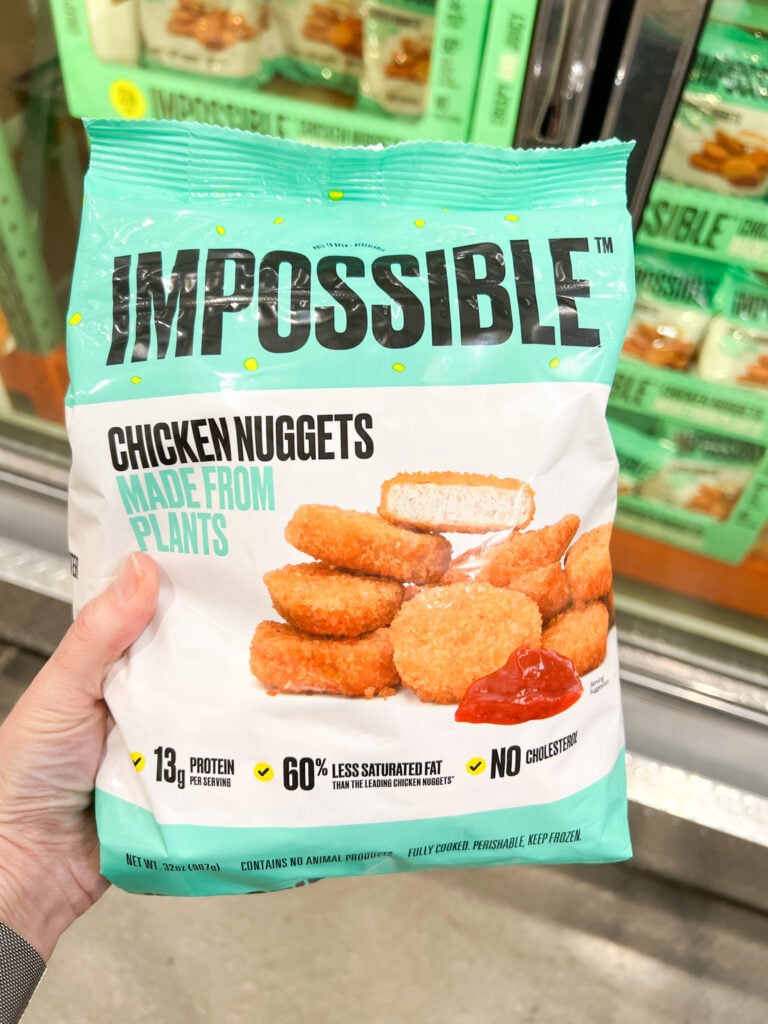
(2) Haribo Gummy Bears
Those adorable Haribo gummy bears aren’t so adorable once you learn that they contain wheat syrup and wheat-based dextrose, all sources of hidden gluten. The Haribo Starmix also contains wheat.
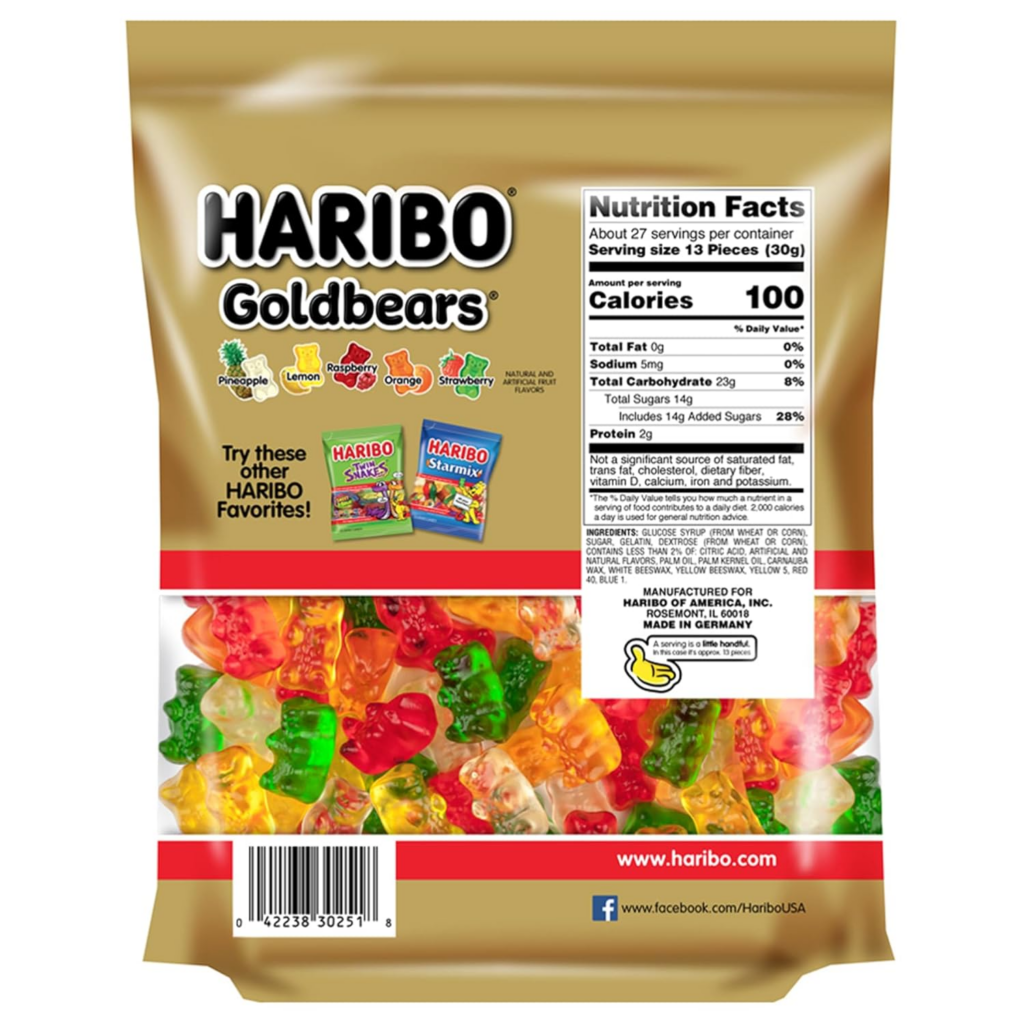

However, Haribo gummy colas, gummy peaches, and gummy frogs do not contain gluten and may be safe to consume on a gluten-free diet.
Also, look for Black Forest gummy bears and products for a safer gummy candy alternative. All Black Forest gummy products are gluten-free. Trader Joe’s also makes vegan and gluten-free gummies.
(3) Soy Sauce
The name “soy sauce” is deceiving as you’d never suspect something made from soy would contain so much gluten, but alas, soy sauce is primarily made of wheat.
The good news is that there are many soy sauce alternatives, including gluten-free soy sauce, tamari, and coconut aminos. These products offer a similar taste to soy sauce but contain no wheat.
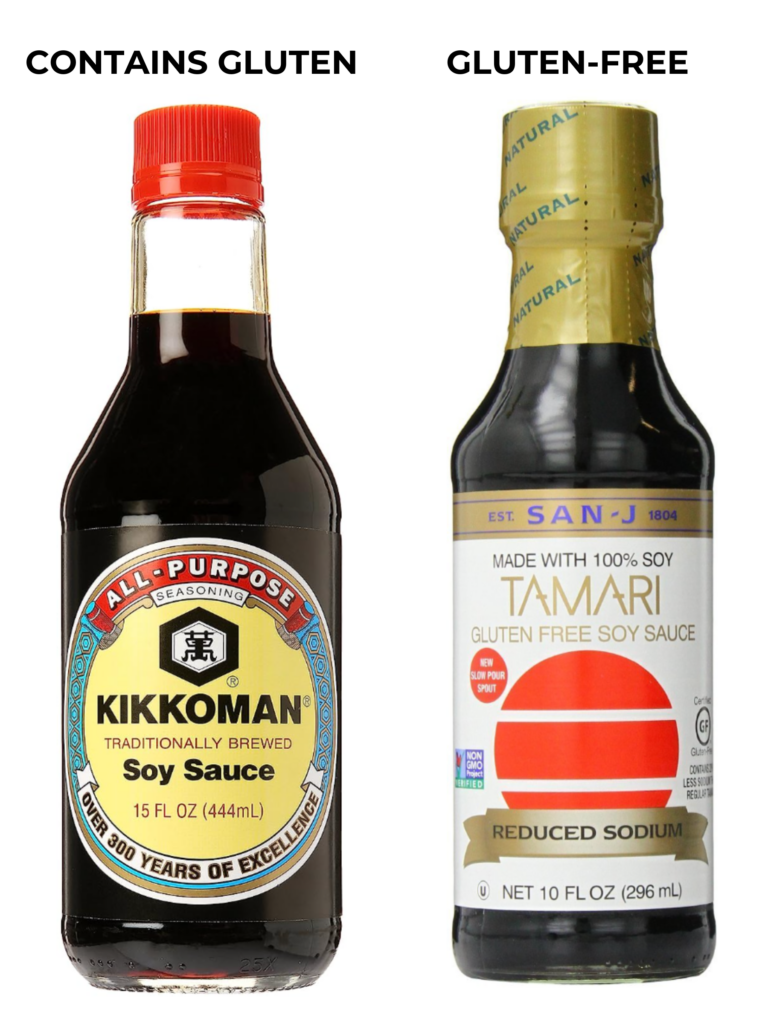
(4) Imitation Crab
Many brands of imitation crab contain wheat, making dining at a sushi restaurant fraught with peril. When ordering sushi, ask for real crab or avoid the California Rolls altogether. It’s just too risky.
The good news is that many store-bought brands of imitation crab are gluten-free, which I list in my gluten-free sushi article.
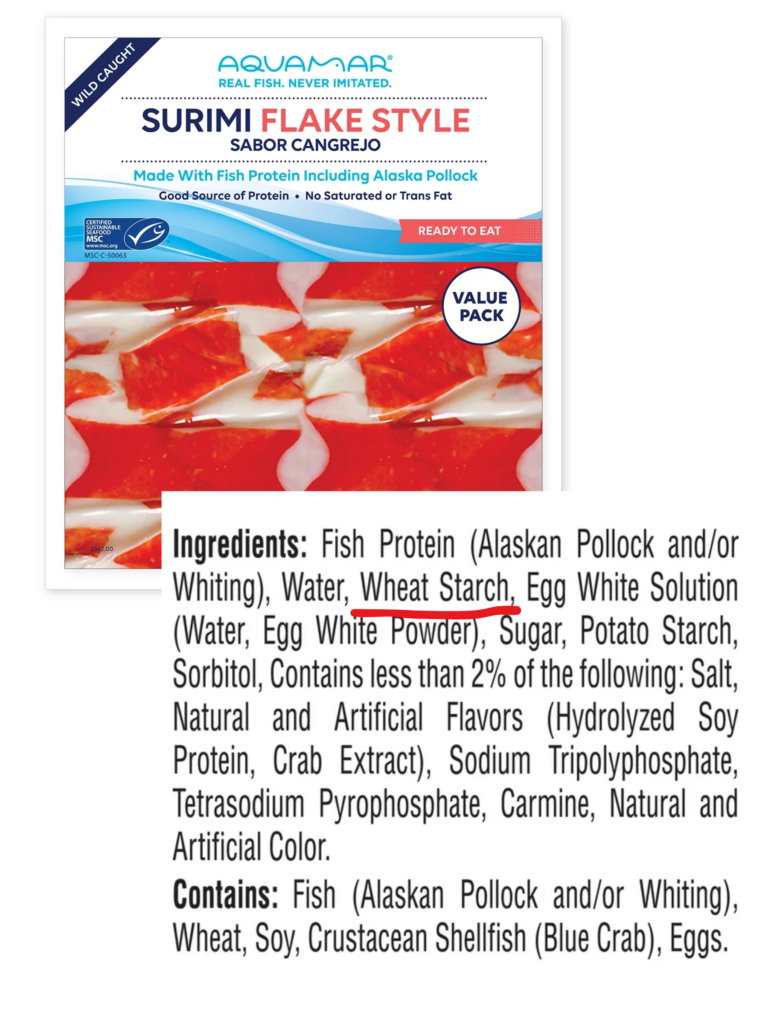
(5) Imitation Bacon
Some brands of bacon bits also contain gluten, making it ever-important to read labels carefully. While many brands won’t list wheat flour or wheat gluten on their labels, you’ll see ingredients such as yeast extract and autolyzed yeast, both of which are code for gluten (barley).
Durkee imitation bacon bits, pictured below, contain autolyzed yeast. Even McCormick bacon-flavored bits contain yeast extract. Avoid both!
I write about hidden sources of barley in my article, Beware of Malt and These 21 Potential Sources of Barley (Gluten). Read this article and understand how barley hides inside many products you know and love.
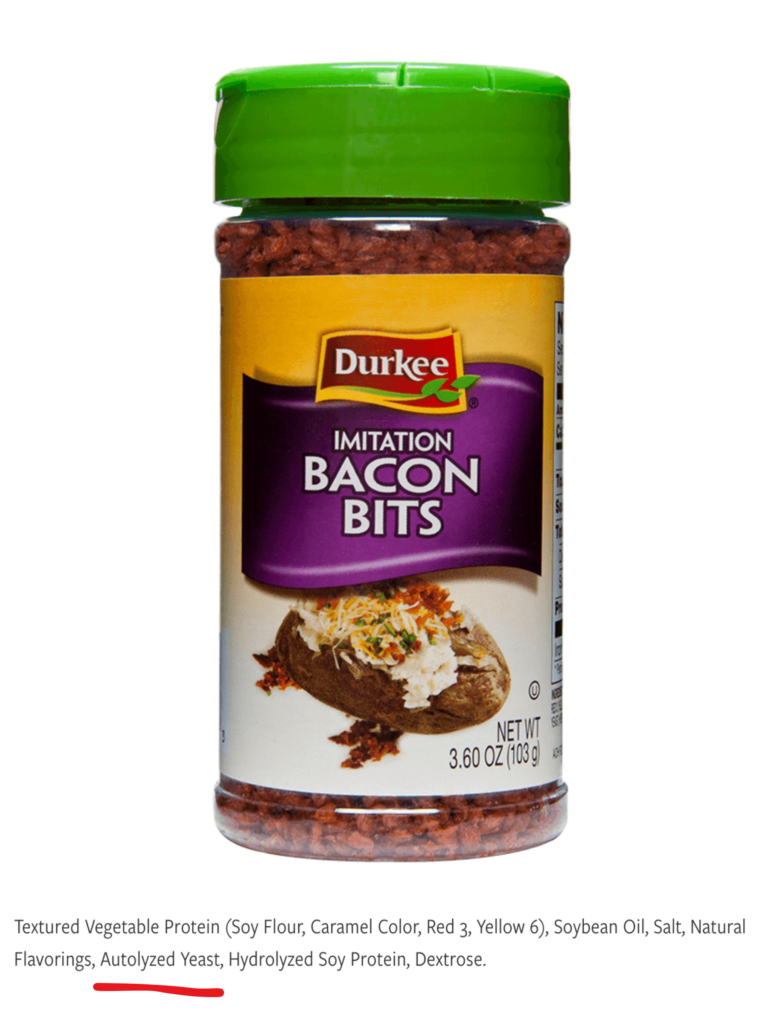
(6) Salad Dressings
Some salad dressings contain hidden gluten, making it essential to carefully read and inspect ingredient labels and choose your salad dressing wisely.
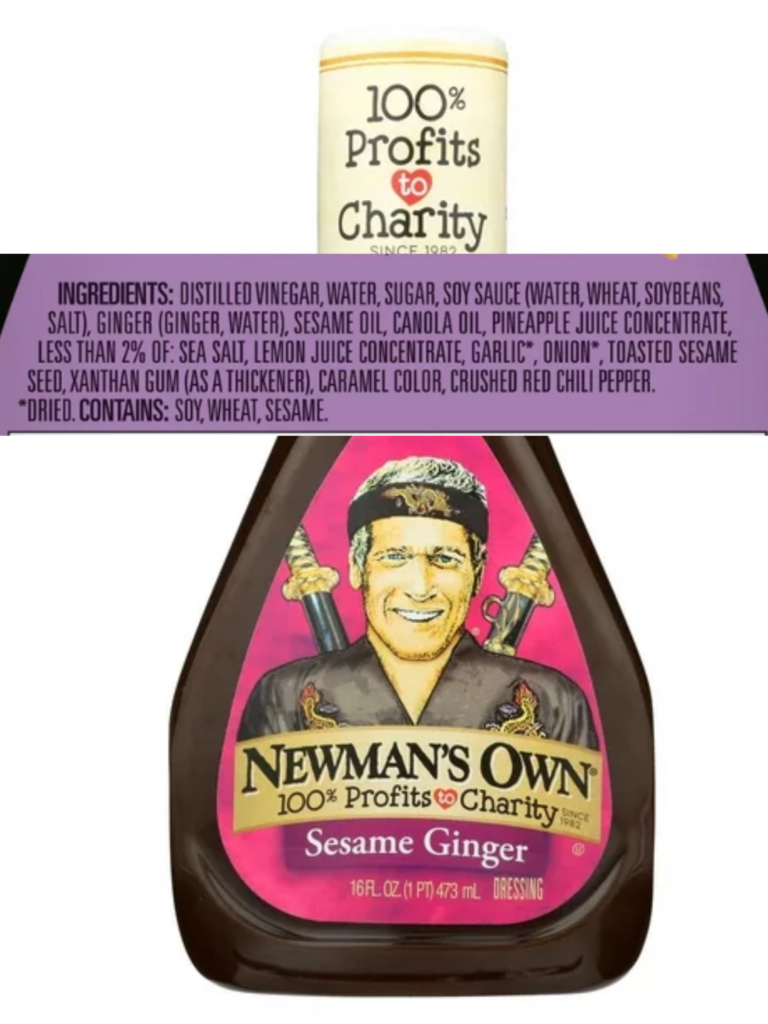
I tested several brands of salad dressing for hidden gluten with my Nima gluten-detecting device and share the results in this article.
Celiac Tip! If you’re worried that a restaurant’s salad dressing may not be gluten-free, ask for oil, vinegar, a wedge of lemon, salt, and pepper, and make your own dressing at the table.
(7) BBQ Sauces
Unfortunately, many barbeque sauces contain hidden gluten, some in the form of wheat (especially if they contain soy sauce), and some in the form of barley malt or malt vinegar.
One example is Famous Dave’s BBQ sauce. It contains barley malt flour derived from barley; this product is off-limits to anyone with celiac disease or gluten intolerance.
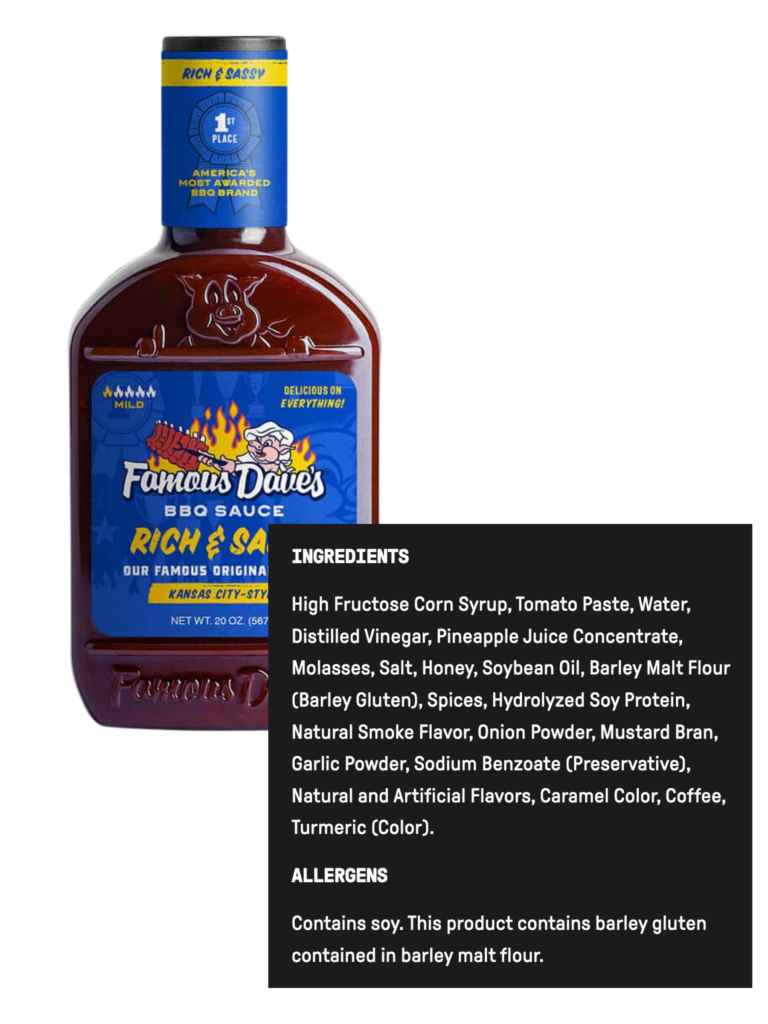
(8) Licorice
Unfortunately, most licorice is not gluten-free, and the most popular licorice brands, Twizzlers and Red Vines, contain wheat flour. This means licorice-based products, such as Good & Plenty, Nibs, and Sour Punch Candy, also contain gluten.
Because so many people in the gluten-free community miss licorice, I created a list of gluten-free licorice brands so you don’t have to miss out.
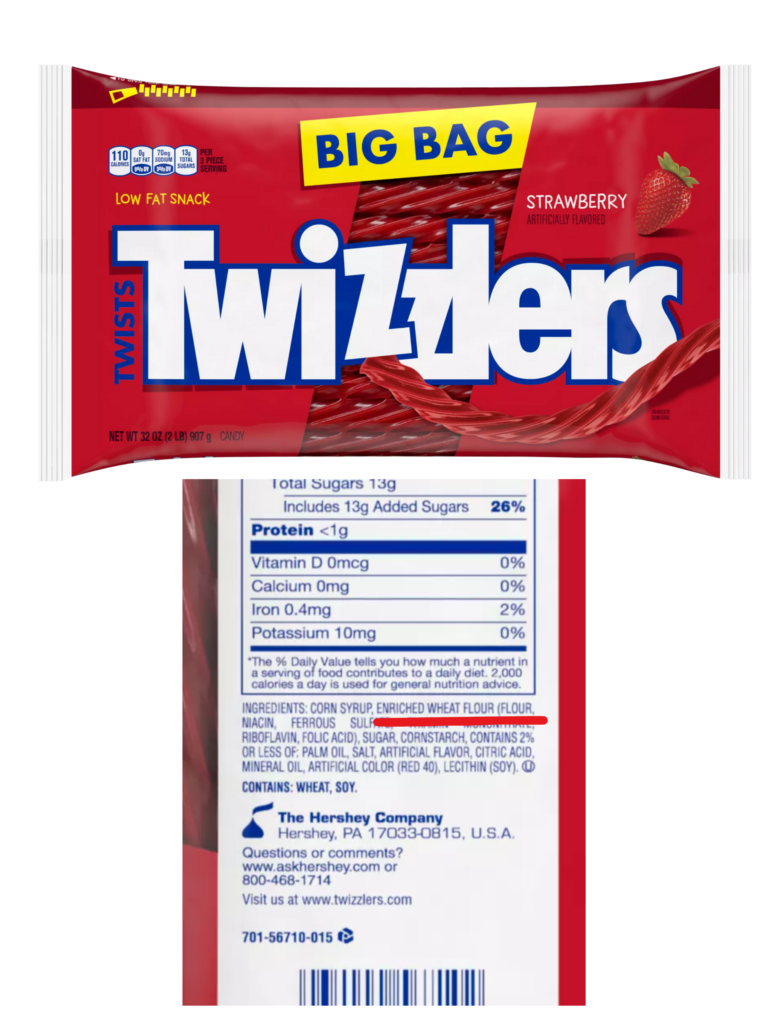
(9) Pudding
I had been under the impression that instant pudding was gluten-free. But then, earlier this year, a reader told me JELL-O’s cheesecake-flavored instant pudding contains barley (gluten).
Beware when you see natural flavors or artificial flavors – these seemingly innocent ingredients may indicate the presence of gluten if the product isn’t labeled “gluten-free.”
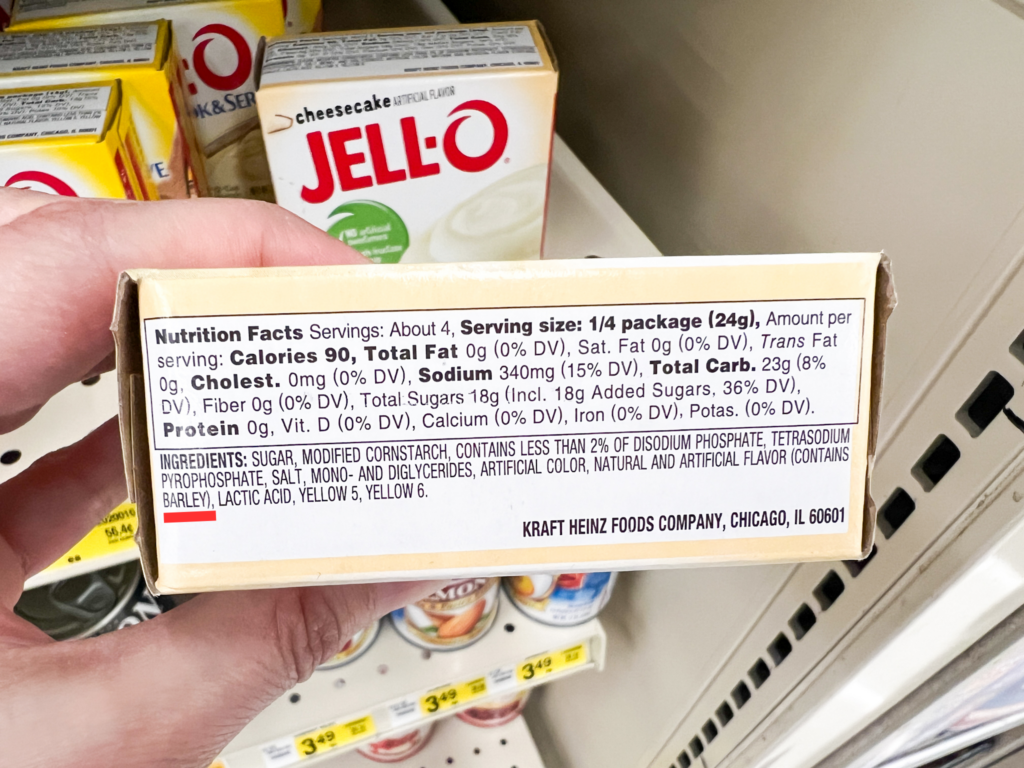
(10) Canned Soups
Be careful when consuming canned soups because few are labeled gluten-free, and even some labeled “gluten-free,” such as Progresso soups, may contain detectable levels of gluten.
As you can see below, I tested Progressove Creamy Roasted Chicken Wild Rice Soup with my Nima Sensor. The can is labeled gluten-free, yet Nima found gluten.
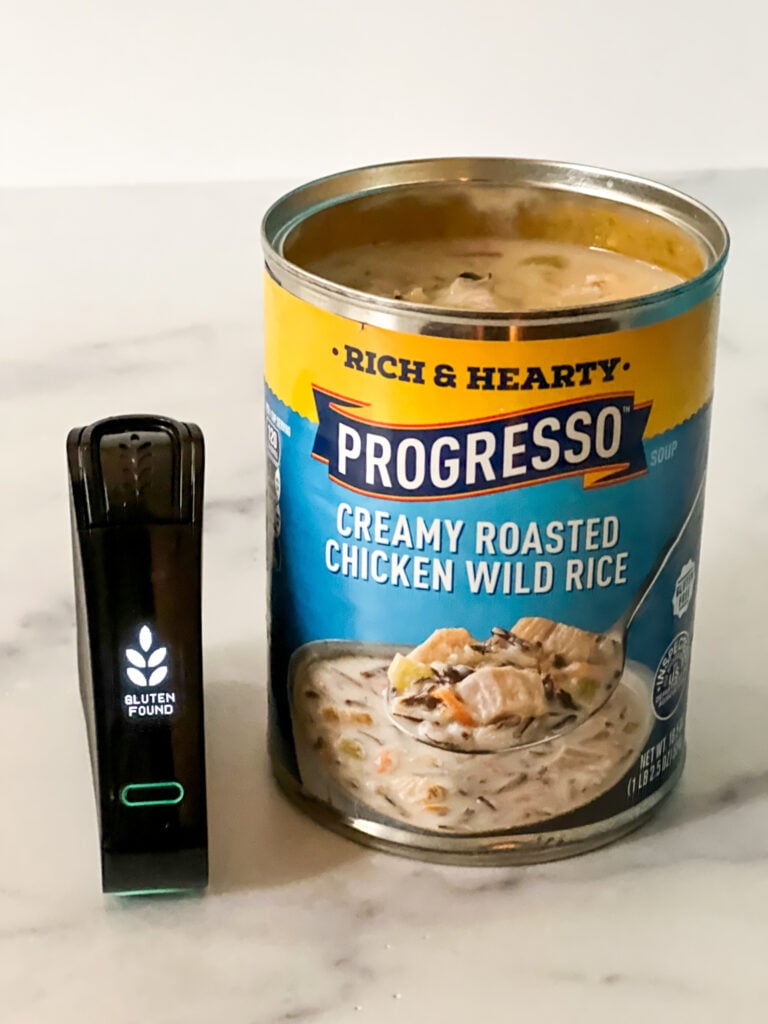
Also, note that Campbell’s cream of mushroom soup contains wheat flour. The good news is, however, that several brands make gluten-free cream of mushroom soups. Check out my full report on gluten-free canned soup options.
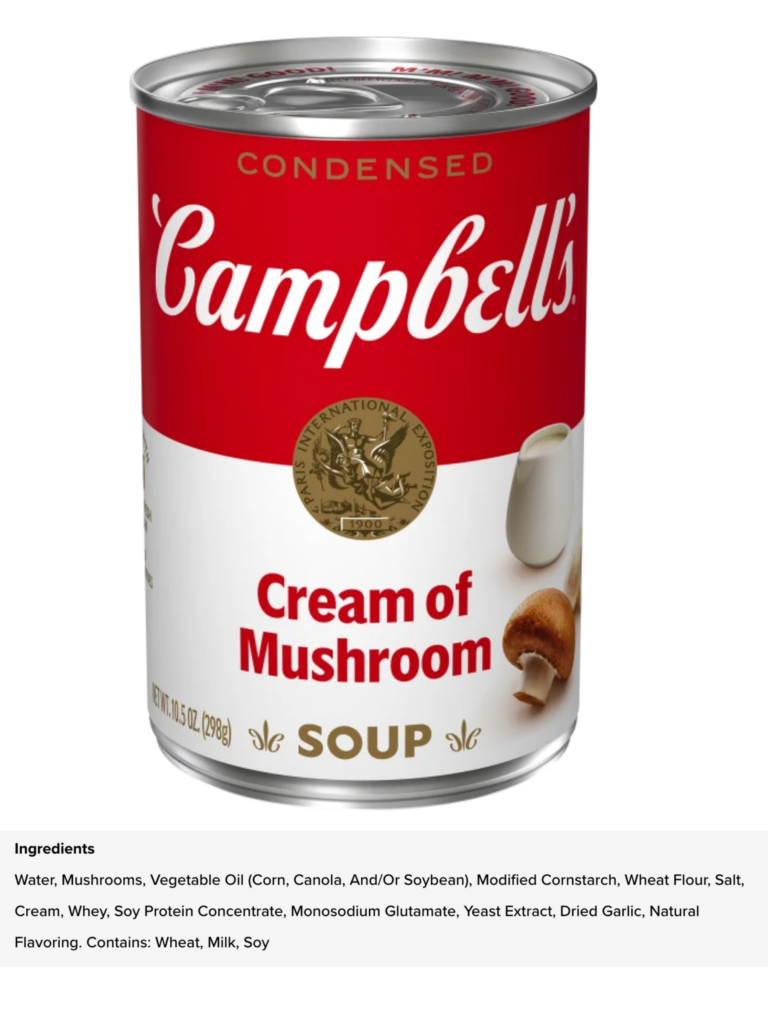
(11) Gravy
Unfortunately, many powdered, canned, and jarred gravies contain gluten – usually in the form of wheat flour – including the pictured jar of Heinz gravy. Wheat flour typically acts as a thickening agent in gravies.
The good news is that Heinz and other brands make gluten-free gravy options, which you can learn more about in my article, Gluten-Free Gravy Mixes – Tested for Hidden Gluten.
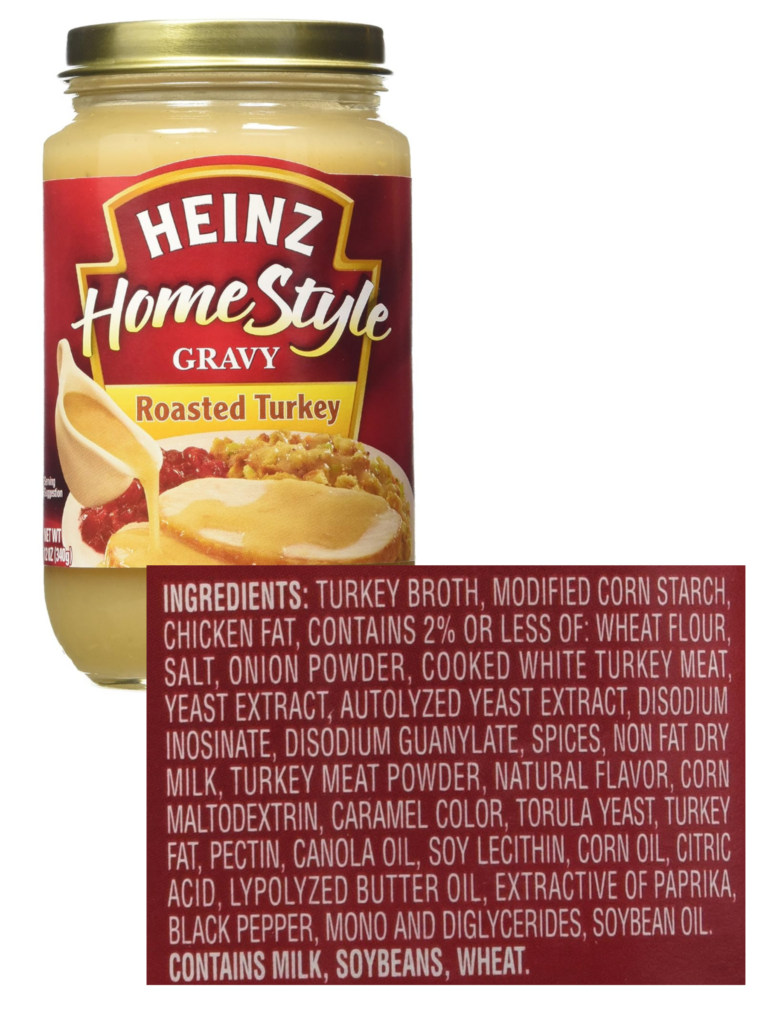
(12) Bouillon Cubes
Unfortunately, many store-bought broths and bouillon cubes contain hidden gluten. Always look for the gluten-free label on the packaging to ensure a product is safe.
As a general rule, avoid bouillon products that contain yeast extract. Yeast extract is made from spent brewer’s yeast, a byproduct of the beer brewing industry. It’s not gluten-free. If a product contains yeast extract, only those labeled “gluten-free” are safe for people with celiac disease.
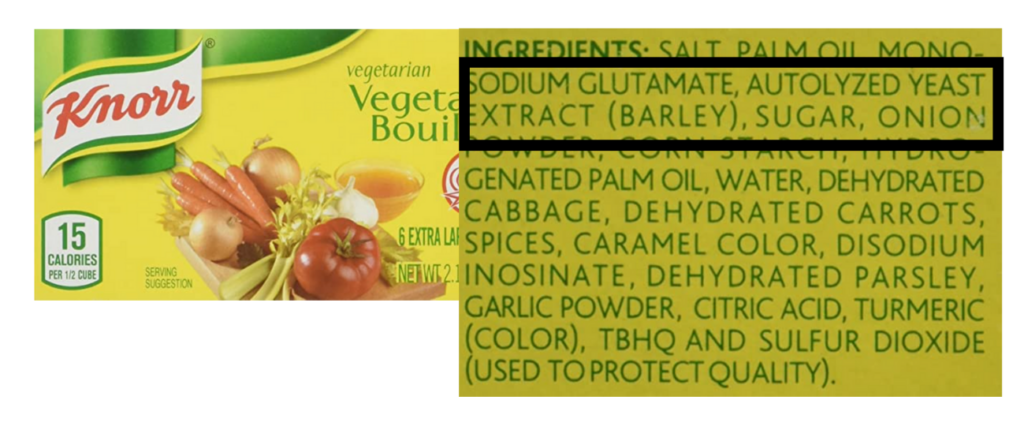
You can learn more about gluten-free bouillon options in my article, Gluten-Free Bouillon – Testing for Hidden Gluten.
(13) Oats
Oats are naturally gluten-free; however, they’re grown in rotation with wheat crops using the same fields, equipment, and harvesting tools. This means oats are cross-contaminated with wheat and, therefore, unsafe for someone on a gluten-free diet.
Many brands offer oats grown on dedicated gluten-free oat fields, known as purity oats, or that are mechanically and optically sorted and washed, known as commodity oats. Both types of oats, if labeled gluten-free, are safe to consume on a gluten-free diet, although certified gluten-free oats are always your safest bet.
To learn more about gluten in oats, please read this article, where you’ll see that I also tested several brands of oats for hidden gluten with my Nima Sensor.
Remember, oatmeal also contains traces of gluten unless the oatmeal is labeled “gluten-free.” Read those labels carefully!
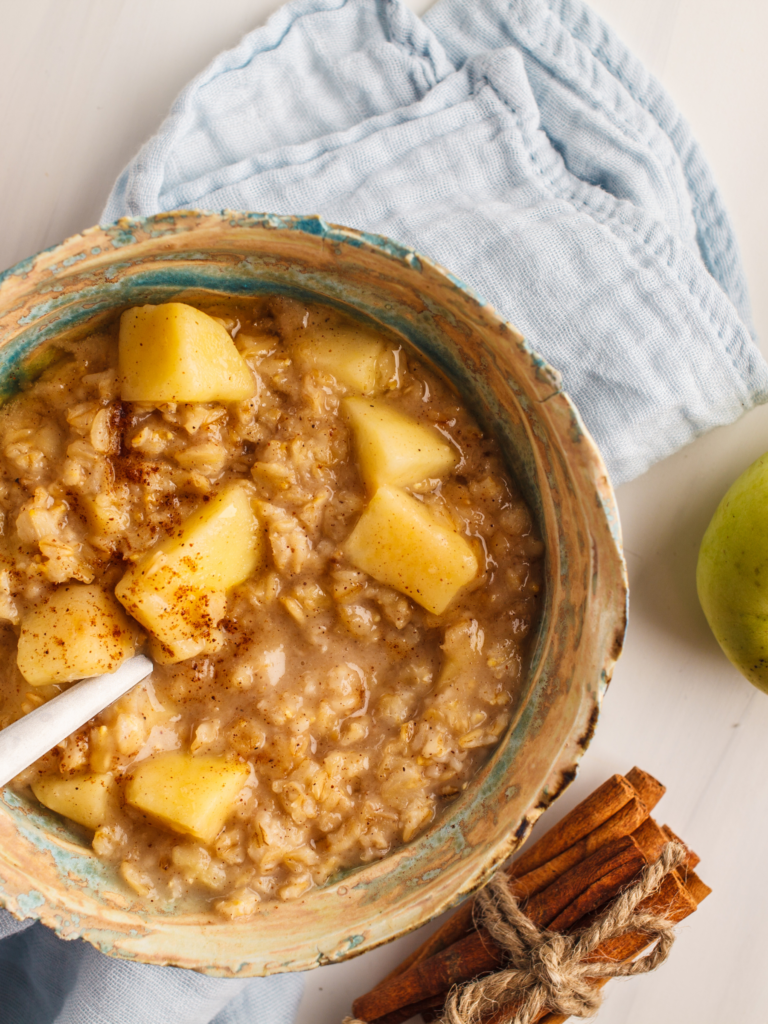
(14) Granola Bars
Granola bars can contain gluten, and one brand that throws a lot of people for a loop is Nature Valley granola bars. These bars don’t appear to contain gluten, but they do contain oats. Because they’re not labeled gluten-free, Nature Valley granola bars contain bits of gluten that could cause a reaction in people with celiac disease and gluten intolerance.
To prove my point, I tested Nature Valley Crunchy Granola Bars for hidden gluten with my Nima Sensor. As predicted, Nima found gluten.
(Please note that Nature Valley has some granola and energy bars that are labeled gluten-free. Those would be safe to consume on a gluten-free diet.)
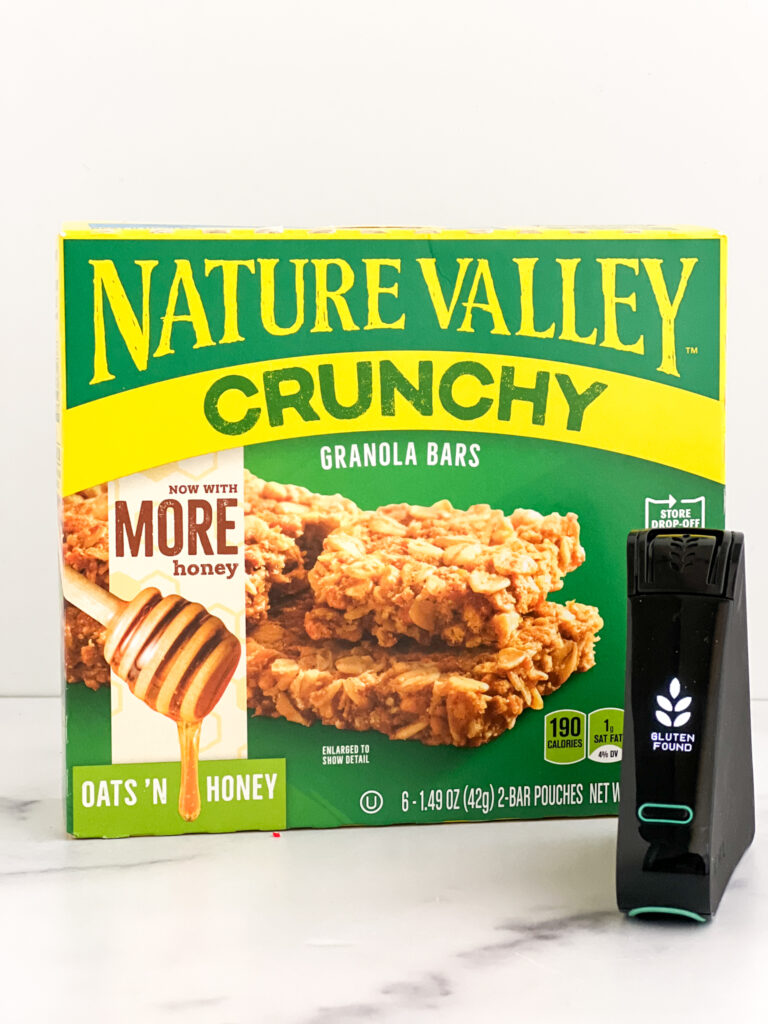
(15) Rice Krispies
Ironically, while rice is naturally gluten-free and used in many gluten-free products, Kellogg’s Rice Krispies is not.
In fact, Rice Krispies contains gluten in the form of malt flavor, which is derived from barley. Not only is the cereal off-limits if you’re following a gluten-free diet, but Kellogg’s Rice Krispies Treats are off-limits, too.
Don’t worry; you can still make crispy rice treats at home. Just be sure to use the brands of crispy rice cereal listed in my article, Are Rice Krispies Gluten Free?
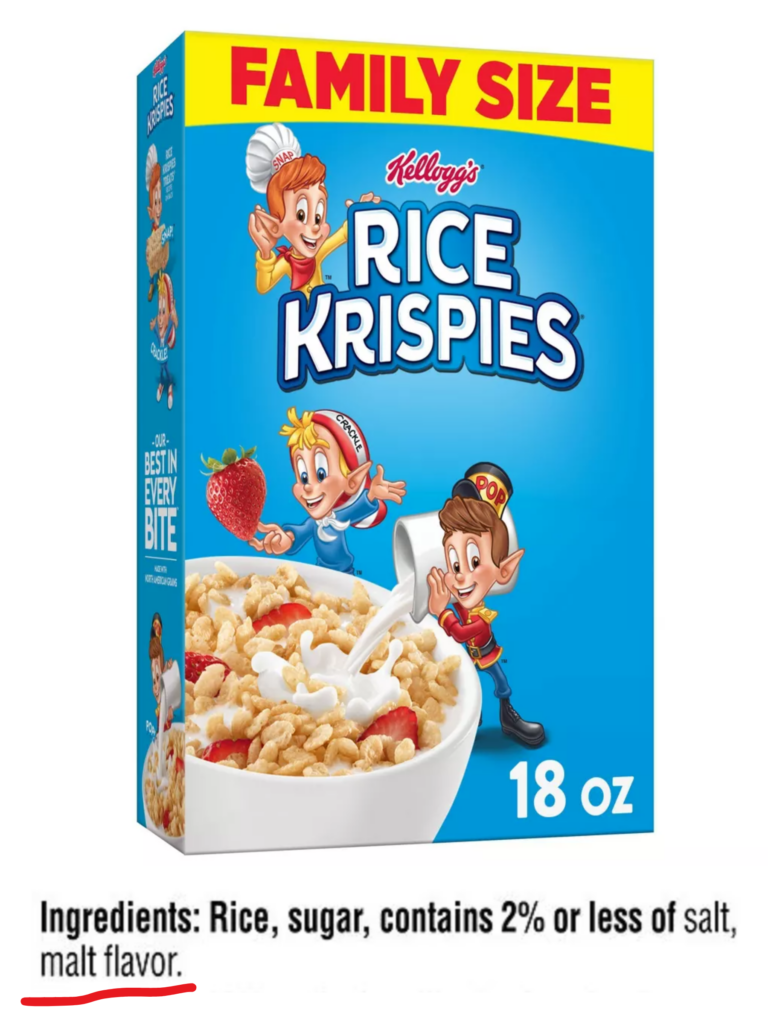
(16) Corn Flakes
While corn is naturally gluten-free, Kellogg’s Corn Flakes contains malt flavor (barley) and is not gluten-free. I list several Corn Flake cereal alternatives that you can choose instead.
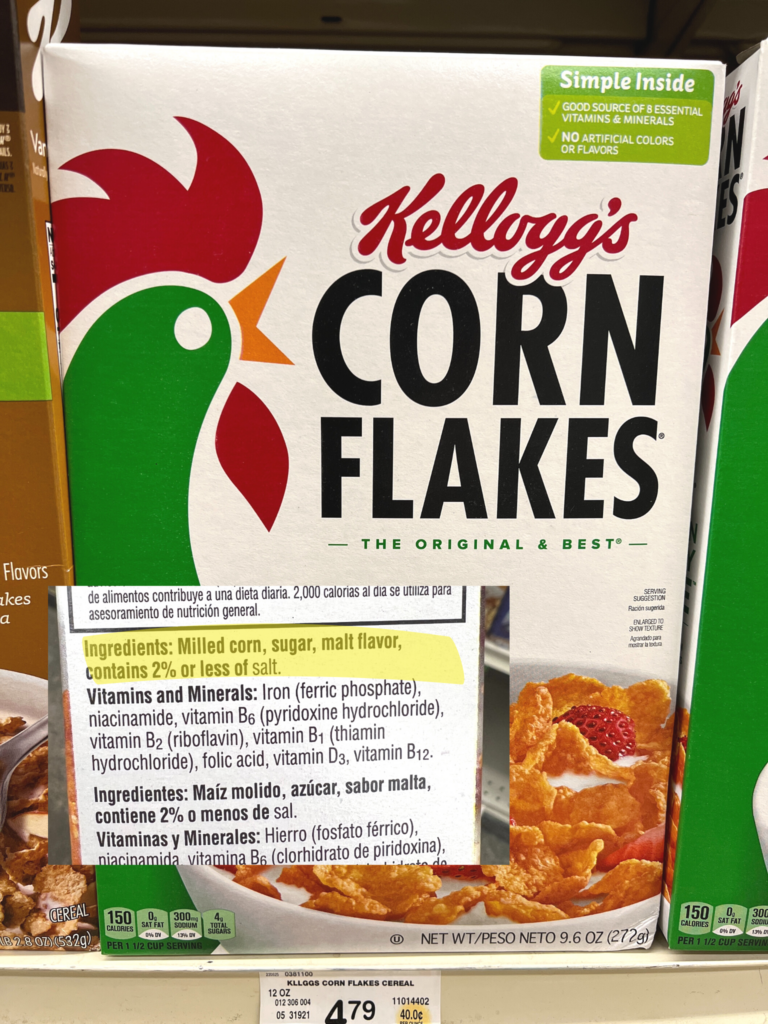
Check out my article, The Ultimate List of 25 Gluten-Free Cereals [Tested for Hidden Gluten], for a list of gluten-free cereals.
PS: I recently learned that Kix cereal is no longer gluten-free. Read more about Kix.
(17) Play-Doh
While no one eats Play-Doh, it can get stuck in the crevices of your fingernails and sometimes make its way into a child’s mouth.
Therefore, if a child has celiac disease or non-celiac gluten sensitivity, he or she should avoid playing with Play-Doh because it contains wheat flour.
Instead, make your own gluten-free playdough (this is a great recipe!) or buy one of these gluten-free playdough brands.
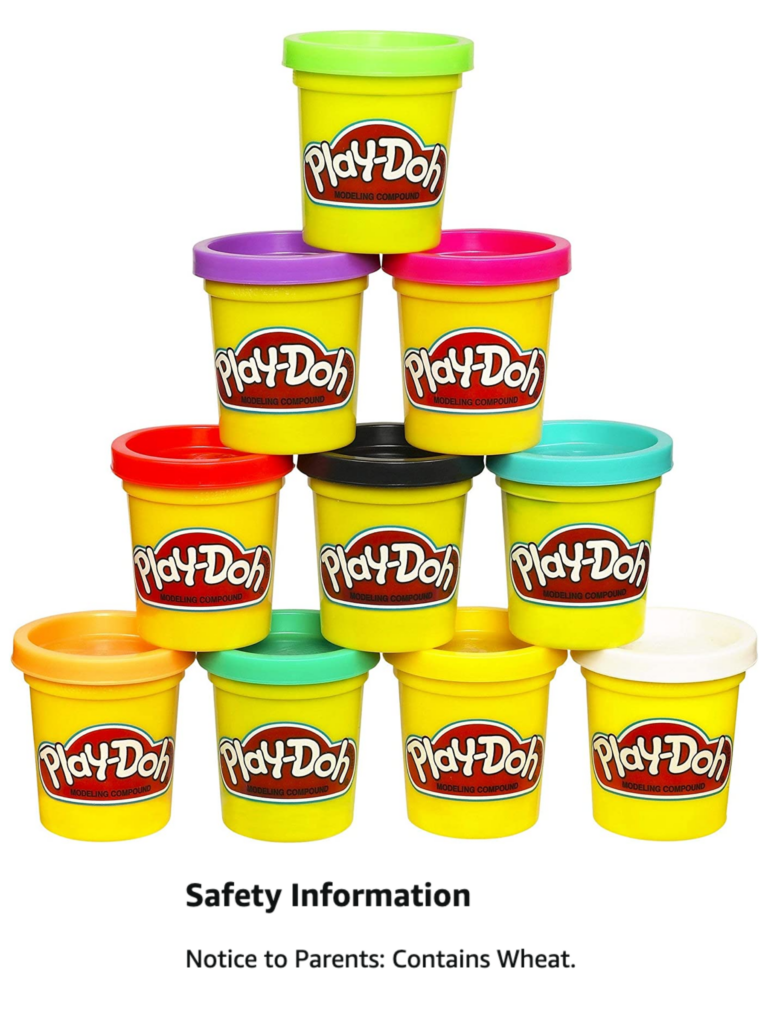
(18) Lip Balm
While most lip balm brands are free from gluten, it’s always disturbing when I come across brands that aren’t. One such brand is Lip Smackers, which contains wheat germ oil.
To be safe, always look for certified gluten-free brands of lip products, including Red Apple Lipstick and Badger Balm. See my complete list of 16 Gluten-Free Lip Balm Brands.
You should also make sure your skincare and beauty products are gluten-free. Read my article, Gluten-Free Makeup, Skincare, and Beauty Brands.
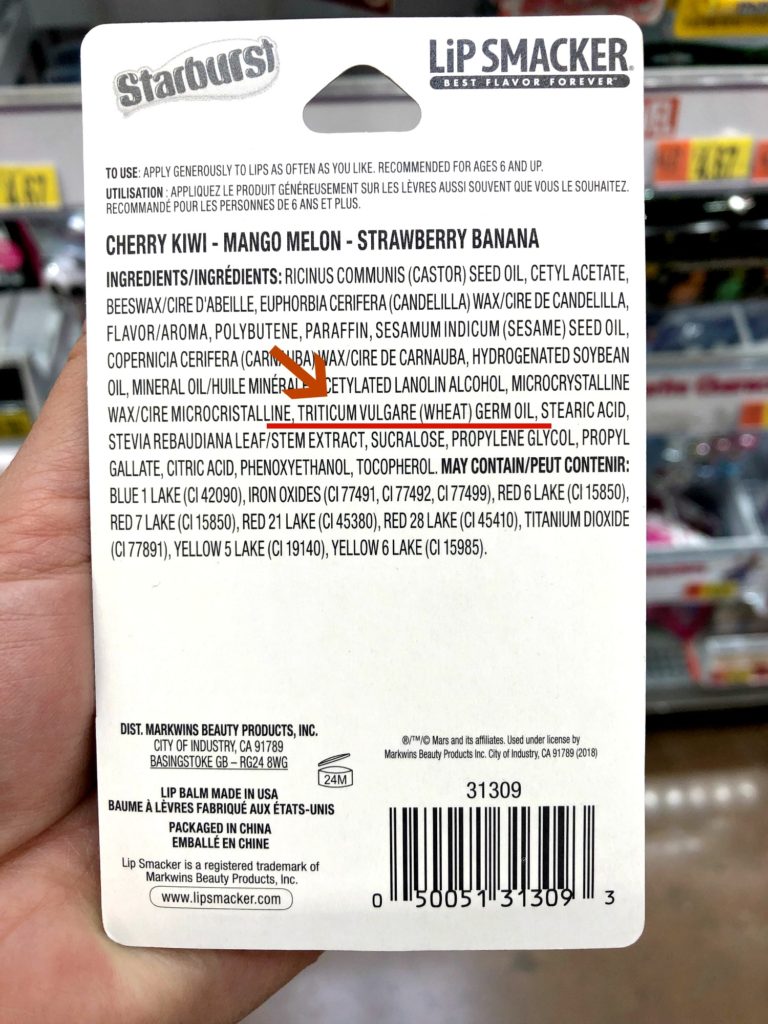
(19) Couscous
Couscous looks like a cross between rice and quinoa, which are both naturally gluten-free grains. However, couscous is made from tiny granules of durum wheat semolina, a type of wheat flour that is not gluten-free.
While it’s rare to find gluten-free couscous, a few brands make gluten-free Israeli or pearled couscous. Read my Gluten-Free Couscous Guide: Where to Find It, Brands and Substitutes for more details.
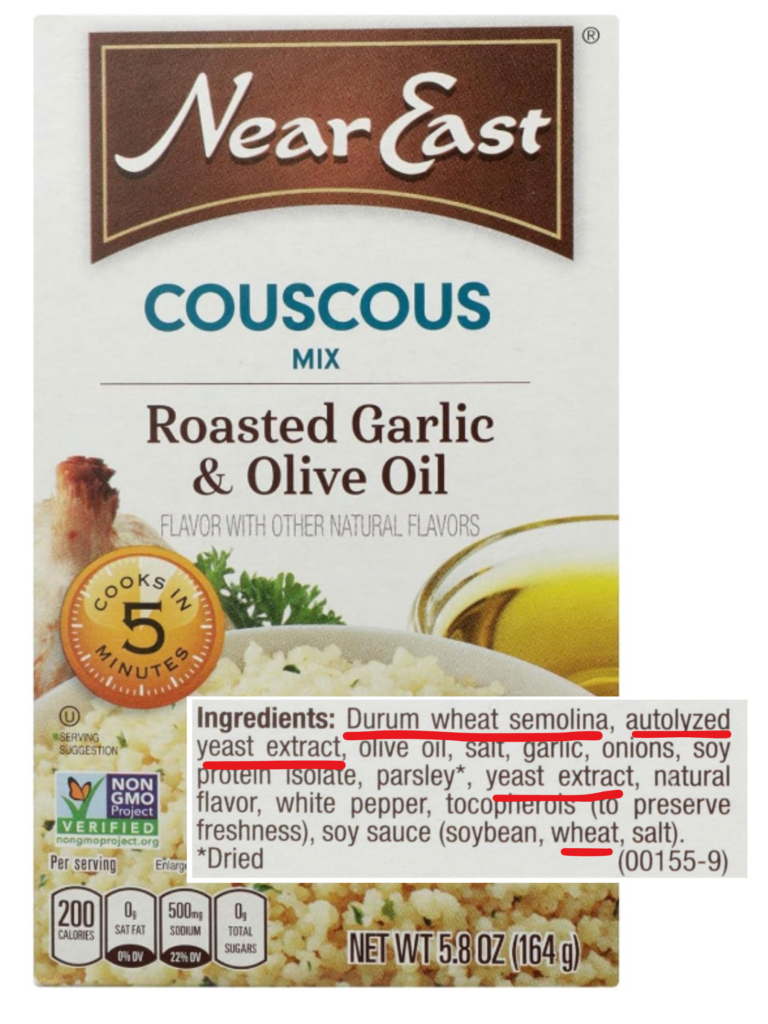
(20) Beer
Beer may look innocent, but brewing inside a can of beer is a slew of gluten-containing grains, including wheat and barley. And because beer is fermented vs. distilled, the gluten protein remains intact.
Conversely, distilled alcohol made from gluten-containing grains is considered gluten-free because the distillation process removes gluten. You can read more about what alcohols are gluten-free in my Guide to Gluten-Free Alcohol.
Also, gluten-removed beers (sometimes called gluten-reduced beers), like Omission, are controversial and not generally accepted as gluten-free, even when the company says it contains less than 20 parts per million (ppm) of gluten. Many celiac organizations recommend against consuming gluten-removed beer because the testing methods aren’t trustworthy.
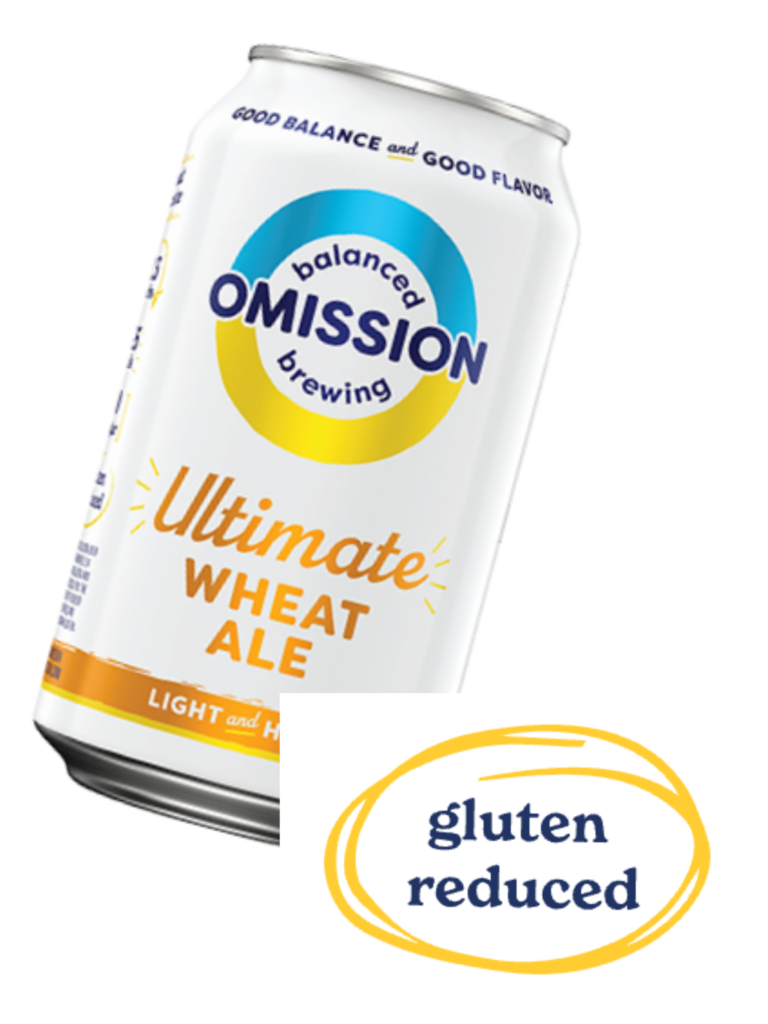
(21) Milkshakes
Many milkshakes contain a spoonful of malt powder, in addition to milk and ice cream, to give the beverage a sweeter taste and more robust flavor.
Unfortunately, malted milk powder is made from dried whole milk, malt barley, and wheat flour, making it most certainly not gluten-free. When ordering a milkshake, make sure it contains no malt powder.
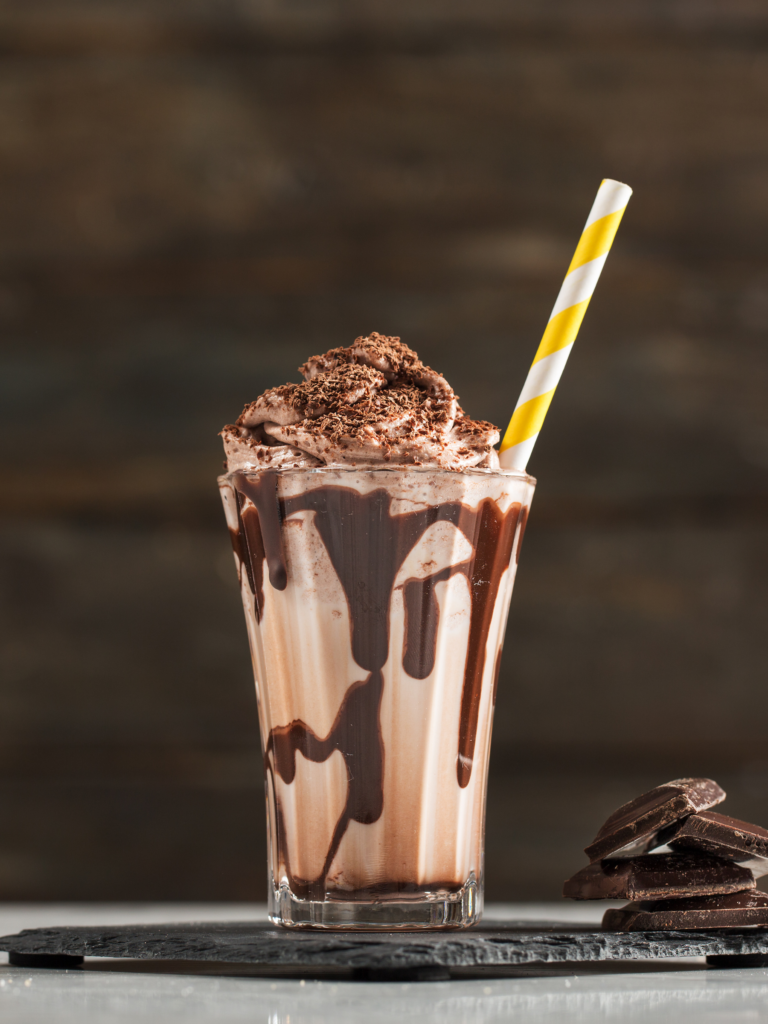
How to Avoid Hidden Gluten
Gluten hides in many foods, making it difficult to follow a strict gluten-free diet. While gluten is found in many seemingly innocent products, there are a few ways you can protect yourself from consuming the sticky protein.
(1) Never Judge Food By the Way It Looks
Never judge food based on its appearance or name. Remember, Rice Krispies contains gluten even though rice is naturally gluten-free. You can’t tell if something is gluten-free just by looking at it.
(2) Read Labels Carefully
Reading a food label takes practice, but it’s an essential skill to master to stay safe. Get up to speed on gluten-free labeling laws, including the 100+ names gluten goes by and what “may contain” statements really mean. Enroll in my SIGNATURE Gluten-Free Course for a crash course on label reading.
The Fig app is a fantastic tool for quickly decoding food labels for hidden gluten. You can download it for a small fee.
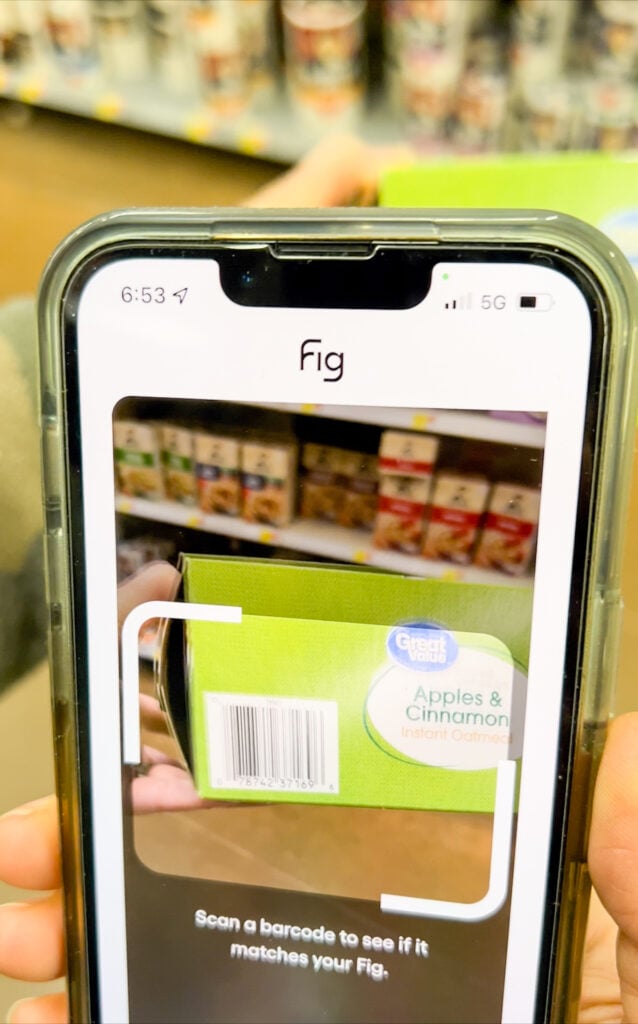
(3) Reduce Your Dependence on Packaged Foods
When possible, make your own food from scratch. While it’s a bit extra work, you can easily make your own salad dressings and gravies instead of relying on store-bought varieties. Also, try to eat as naturally gluten-free as possible. When purchasing packaged foods, look for the gluten-free label.
(4) Eat Out Cleanly
When eating at restaurants, order simple meals that don’t require a lot of handling. For example, a baked potato with a piece of salmon will always be safer than breaded chicken, gluten-free pasta, or foods made with sauces and marinades.
I share my best tips for eating out safely in my ebook, The Ultimate Guide to Eating Out Gluten-Free.
(5) Test Your Food
If you have the means to do so, I recommend investing in a gluten-detecting device, like The Allergy Amulet or Nima Sensor, to test food items and restaurant dishes for hidden gluten.
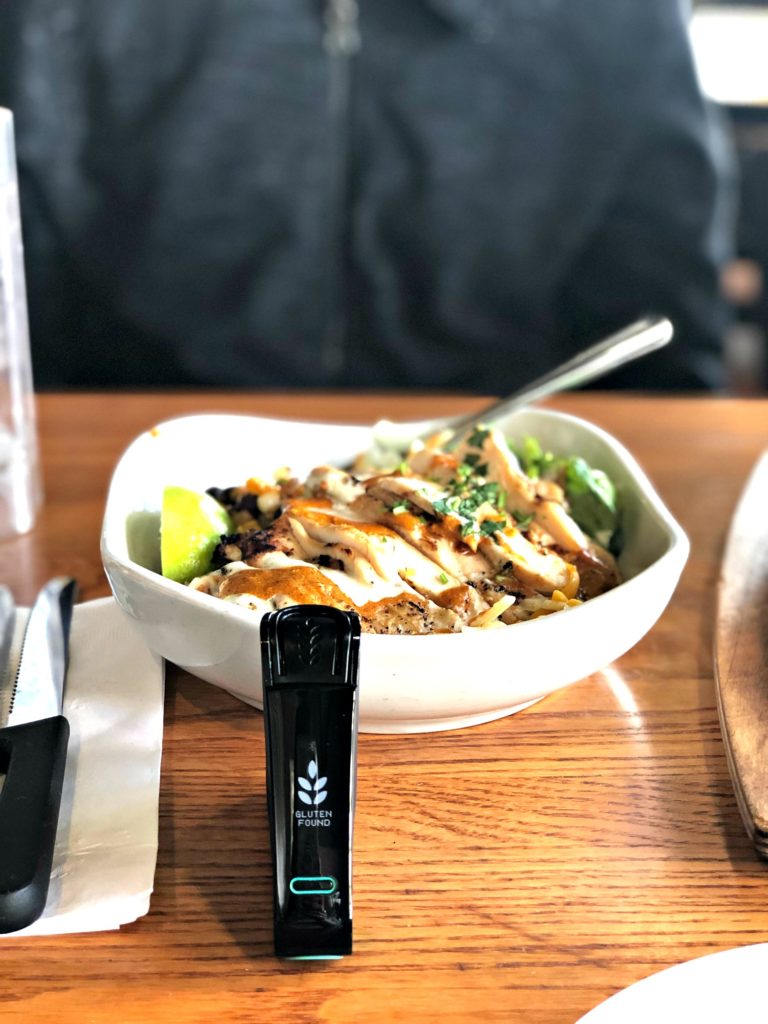
Remember, however, these devices have limitations, like they cannot detect fermented foods such as soy sauce, which makes them a bit controversial.
For some odd reason, there’s a contingency of gluten-free people who despise these devices and are hellbent on taking them down. I, however, see the good in them and recommend them as long as they’re used responsibly.
Learn more in my articles, What You Need to Know About Nima Sensor Before You Buy – Perspective from a Celiac & Nutrition Professional and The Allergy Amulet Gluten Detecting Device.
Additional Reading
If you’re new or struggling with the gluten-free diet, consider enrolling in my SIGNATURE Gluten-Free Course, the #1 course for people with celiac disease and gluten sensitivities. My course will teach you the ins and outs of a gluten-free diet and help you fast-track healing.
I also encourage you to download my cheatsheet of 100+ names that gluten goes by.
Additionally, I’ve written, in detail, about some of the most confusing ingredients that contain gluten in my article, Is It Gluten-Free? Decoding 25 of the Most Confusing Ingredients and Products from Caramel Color to Yeast Extract.
Also, the following related articles will help you on your gluten-free journey – enjoy and good luck!
- Beware of Malt and these 21 Potential Sources of Barley (Gluten)
- Why Natural and Artificial Flavors Are Not Always Gluten-Free
- 8 Formerly Gluten-Free Products that Now Contain Gluten
- Restaurants that Offer Gluten-Free French Fries and a List of Gluten-Free French Fry Brands
- 5 Hidden Sources of Gluten at the Grocery Store (including a discussion on deli meats and bulk bins)
- Unpacking the Gluten-Free Cheerios Controversy; Is It Time to Reconsider Your Stance?
- Fig: Food Scanner & Discovery App Review
- What Happens If You Eat Gluten With Celiac Disease?
- 10 Reasons Why the Gluten-Free Diet is Hard to Stick To
- What Gluten-Free Labeling Laws and Certifications Really Mean
- What is Gluten and Why is it Bad for Some People?

Spices! Can you imagine a life without spices, especially when you are forced to cook ALL you meals?!?…The labels say “It may contain traces of …..&gluten”, and that’s it!… I think all the food &drugs industry must be more aware of this problem, and the cross contamination, because the incidence of celiac intolerance is soooo underrated! You should know of all the product a firm is making to avoid cross contamination!!! And then exclude& exclude again, untill there is nothing left😩
Never eat in a restaurant even if they promise gluten free products, if they use gluten! Even staff using gluten can contaminate you…
I found out the hard way that the glue that they use for temporary dental crowns contains the methyl methacrylate, which has gluten in it. I kept getting sicker while the temporary crown was in (for over a month as the lab lost the crown order) and had to do major research for the cause as my diet had not changed. It was all news to the dentist! During my research, I also found out that mouth guards and Invisalign braces contain this MMA, so beware fellow celiacs!
Over the counter Dental night guards for teeth grinding and clenching.
MMA = methyl methyacrylic which is a wheat based acrylic resin used in dental products.
I never suspected since I was wearing my old one both before and after going gluten free. I molded a new one and my mouth and gums became irritated, swollen, bleeding and I started having my celiac symptoms of joint pain, muscle aches, fatigue 2 days later.
I had no idea that my undiagnosed celiac was made worse by the materials in this dental guard that I was using for years before being diagnosed with celiac.
Licorice.
There was a lot of what you said, plus I was surprised about foods that would be gluten-free EXCEPT for the cross-contamination issue. Production lines, etc. I still frequently write or call companies to double check the cross-contamination issue. And the other thing I was surprised to learn about and still surprised by, is the gluten in medication and cross contamination during dispensing. And, actually shocked by the resistance I have met from pharmacists to help me figure out about gluten in medication AND their resistance to handling medication so that it doesn’t get cross-contaminated. I can’t be the only celiac person they’ve ever worked with?, and I try to explain it’s like when people have a penicillin allergy, how they process their medication differently. Just within the last few months, I finally found a wonderful pharmacist in my medical group, who is not only very diligent about processing my medication orders carefully, but is also training the other pharmacists about it.
I was surprised that gluten can be in a bag of nuts. I thought I would be safe until I found that they had gluten so I started only getting my nuts from nuts.com under the certified gluten free ones.
At breakfast at a hotel the eggs were not made from real eggs in a shell but poured from a container! I didn’t know this until I became sick! Always ask about the eggs at breakfast!